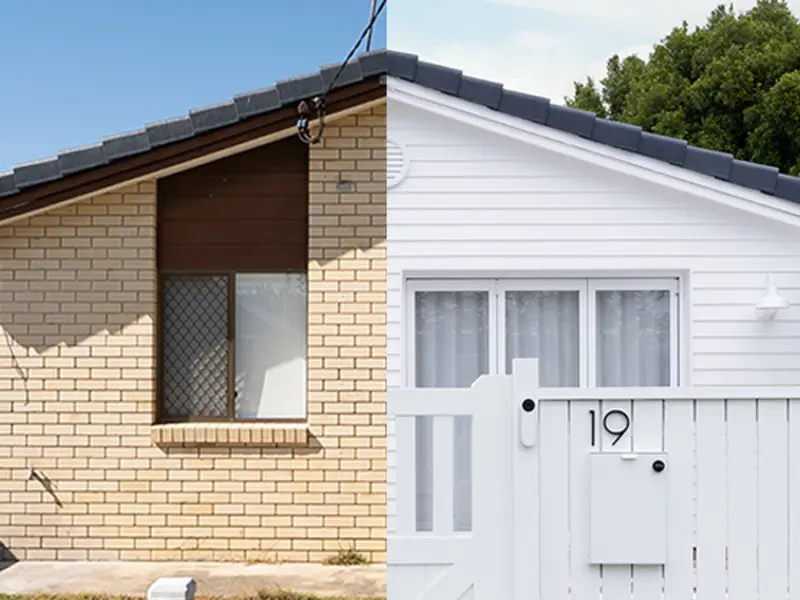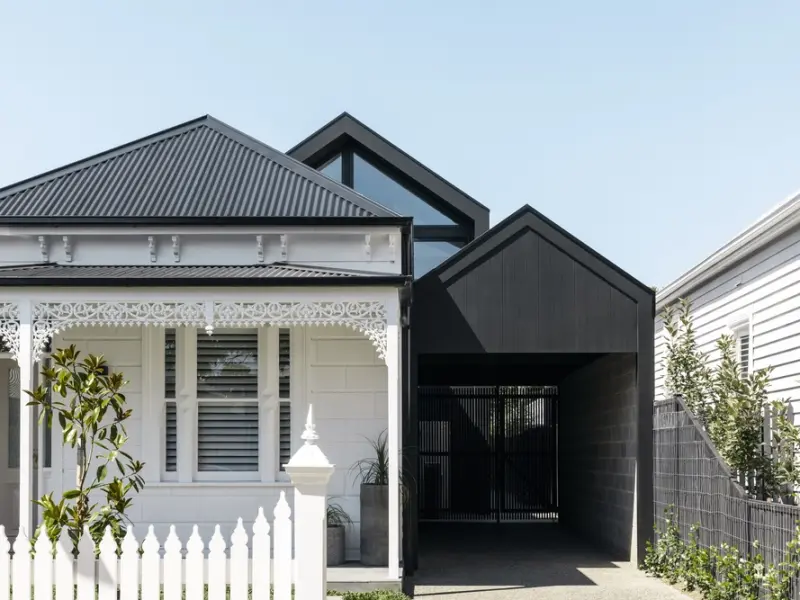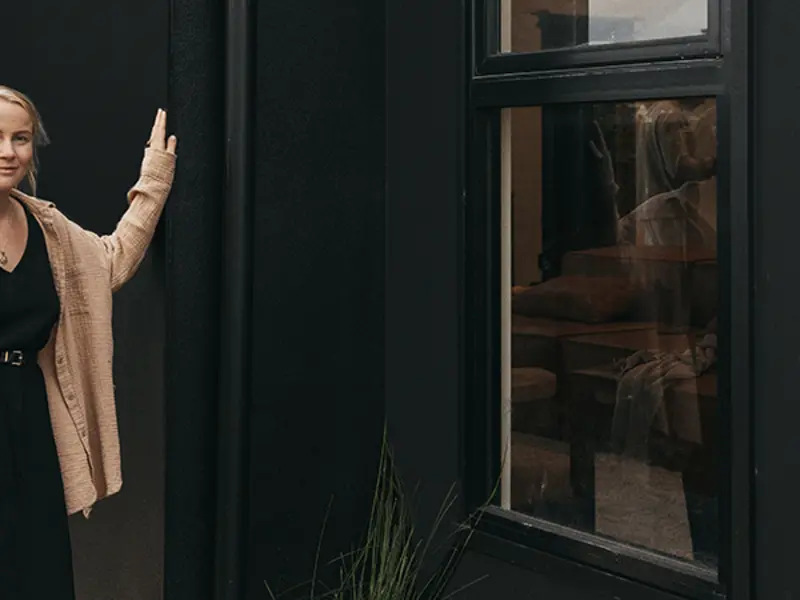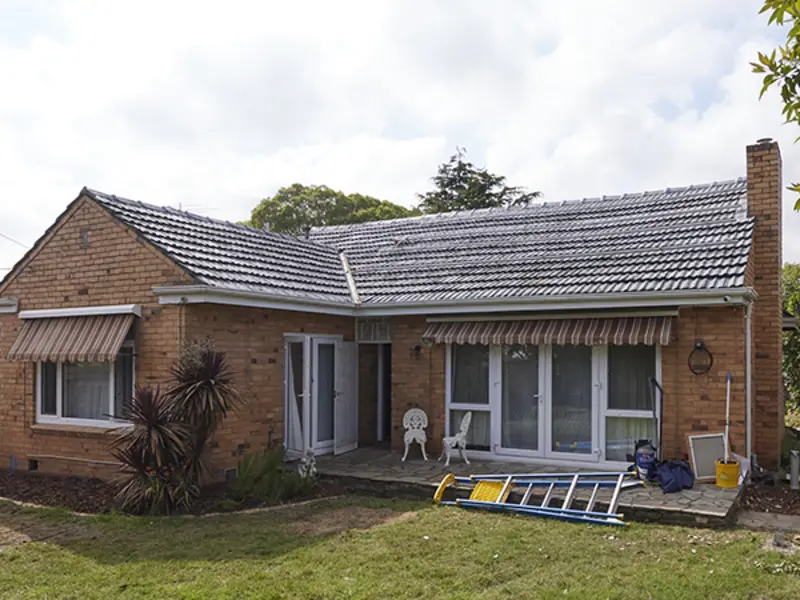
Your fuss-free guide to fast council approvals
Congratulations! You’ve decided it’s time to make your dream home a reality. Embarking on a renovation or new build is a big decision and one not easily made. But you might be wondering, where to next?
The next step is one of the most important ones you’ll take: ensuring you have all the right approvals with your local council, before you begin. Some council approvals can take up to six months, so the sooner you get started, the better!
Define your project
Lots of projects fall under the label of ‘renovation’. You might be updating a bathroom or a kitchen, or you may be planning a whole home rejuvenation.
The good news is that, if the update is cosmetic and doesn’t require the movement of plumbing, electricals or load-bearing walls, you don’t need planning permission to start work. In most states and territories, you are required to engage licenced professionals if the cost of work is greater than a certain amount ($5000 in NSW and $10,000 in Victoria, for example). Whatever the scale of the project, a quick call to your local council to check what’s required is a wise move.
If you’re thinking about knocking down and rebuilding your home, it will need council approval. Many companies that build new homes manage this as part of your package.
When do I need council approval?
Most internal works, such as updating a kitchen or bathroom, or painting, don’t require council approvals. But if the project is an extension, or excavation work is required, then you will likely need council approval.
If you’re doing larger scale or whole home renovations, moving the kitchen, adding a bathroom or knocking down a wall, assume that you’ll need approval. For external projects, such as adding a deck or extension, building a granny flat or doing excavation work, approval is generally needed. In some cases, exemptions apply if you meet certain criteria. If your home has a heritage listing, you’ll need approval for almost everything, even painting!
Rebeka Morgan, founder of BuildHer Collective, recommends booking a pre-application meeting with your council before submitting plans for any major works. “You can even get some top-level advice on the council's requirements before you purchase a property that requires renovation,” she explains. “This gives you the opportunity to run the council through your plans before you finalise them, and workshop what they’re happy or unhappy with before you submit your plans formally. It can short track the process significantly.”
TIP: Get educated. BuildHer Collective empowers women to design, build and renovate their own homes, or develop for profit. It also offers online courses and Q&As that include managing the complex council process.
How to get council approval?
Every council across Australia runs differently, within different state or territory laws. For example, some suburbs of Sydney will not allow rear extensions that disrupt the view of the roofline from the street. Others may restrict the palette of colours with which you can paint your exterior1. It’s important to understand what the limitations are before you get your heart set on an outcome.
Working with a local designer or builder can really help with this part of the process, as they usually have a deep understanding of your area’s specific requirements.
Rebeka of BuildHer Collective adds, “Council is not the enemy. It’s important to understand the parameters or guidelines under which they’re working, and that it can be subjective or relative to the planner that you’re using.”
Patience and flexibility can make a difference here.
TIP: Call on your team of council approval experts – builder, designer, friends who have renovated – for help understanding terminology, but take ownership of dealing with council, as this is ultimately your responsibility.
How does the process work?
While it varies in different parts of Australia, the process usually looks something like this:
Contact your council. Understand the relevant fees and policies associated with the process, and what documentation (if any) you need to submit.
If you do need to put your plans through council, you’ll need a draughtsman (if it’s simple) or an architect to draw them up.
Submit a Development Application (DA) through your local council or state’s planning portal.
If approved, you’ll receive a notice of determination, which includes the dates the work must be started and completion deadlines, plus any special conditions.
Obtain any other approvals required, for example, a construction certificate. This assures the plans comply with the Building Code of Australia.
Changes to your plans must be resubmitted! Yes, this is an important factor to consider.
After completing the build, you may need a certificate of occupancy before you move back in.
TIP: Be proactive! Stay in touch with your council, keep informed of any developments in your application, and request meetings if you need clarity.
What questions should I ask my local council?
Most states have a planning portal to help you understand what DAs, approvals or certificates you might need. The questions you should ask depend on the specifics of your renovation. Here’s a list of questions to inspire you.
- Can I add a pergola without permission? What about an outdoor room? Can I add an outdoor kitchen?
- Can I paint or add exterior cladding in my preferred colour?
- Is it possible to add an extension? What permissions do I need?
TIP: Submit your application as soon as you can. Depending on your council, approvals can take many months.
Common terms and what they mean
Building Code of Australia A set of rules to which all construction must comply, covering structure, safety, fire and health.
Building certifier The person who inspects the completed work to ensure it is up to code (see PCA).
Building Inspection A detailed inspection of the completed work for the purpose of writing a report that is required to obtain an occupation certificate.
Building permits Documents certifying that a proposed building complies with the relevant building regulations and the work can commence.
Development Application (DA) An application to your local council seeking approval to move forward with building/construction. In Victoria, this is known as a Planning Permit.
Occupation certificate A document supplied by the PCA or building certifier after the building inspection has been completed, confirming that the property is safe to occupy.
PCA The Principal Certifying Authority who signs off on construction (see building certifier).
Planning Permit See Development Application.
Arming yourself with all the information from the beginning will make the council approval process a whole lot simpler. Make sure you have all your inspiration sorted before submitting your plans. Check out our Renovation Guide for more advice and inspiration.
Renovation Guide
With the right help and advice, you can make decisions confidently, ensuring your home will be magnificent in years to come. Our Renovation Guide can help steer you through every stage in the process to help you achieve the renovation you’ve been dreaming of. Get a copy of the James Hardie Renovation Guide now.












